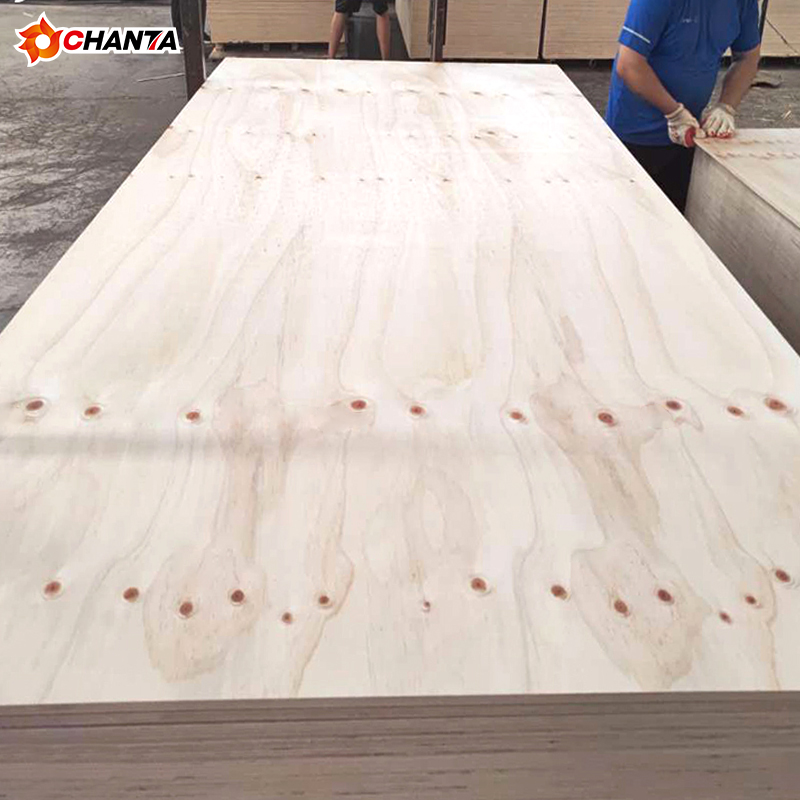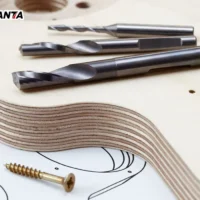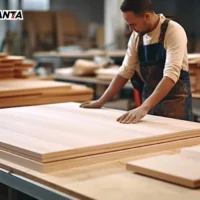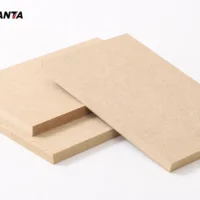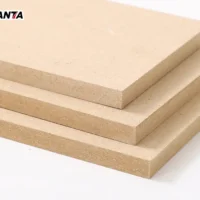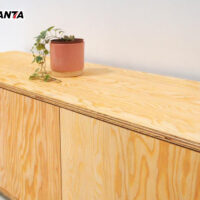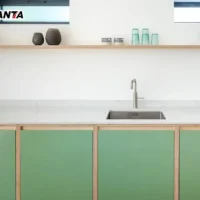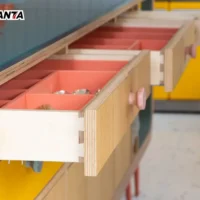Green film faced plywood is a specialized type of plywood designed for construction and eco-conscious building. Known for its durability, water resistance, and smooth surface, it has become popular in both residential and commercial projects. Its uses, and the key benefits it offers, including its eco-friendly features.
What is Green Film Faced Plywood?
Green film faced plywood is a plywood sheet coated with a water-resistant film, often green in color. This film gives the plywood added durability and makes it suitable for use in high-moisture or outdoor environments. Its green color not only distinguishes it from other types but also emphasizes its eco-friendly properties.
The film layer is bonded to the plywood with waterproof adhesive, forming a strong barrier against moisture. This makes it a preferred choice for concrete formwork, where high durability and water resistance are essential.
Key Features
Green film faced plywood offers several features that make it ideal for heavy-duty applications. Here are some of the most notable qualities:
- Water Resistance: The protective film layer repels water, preventing warping and swelling. This makes it reliable in wet and humid environments.
- Smooth Surface: The film-faced surface creates a smooth, uniform texture. This is ideal for concrete molding, as it leaves no marks on the finished concrete.
- High Durability: It withstands the pressure and weight of construction projects. Its durability extends its lifespan, allowing multiple reuses.
- Eco-Friendly Manufacturing: Many manufacturers create it from sustainable, renewable wood sources, making it an eco-conscious option.
Applications
It is highly versatile, making it suitable for a range of construction projects. Below are some common uses of this durable plywood type:
1. Concrete Formwork
Concrete formwork is one of the primary applications of it. The plywood’s water-resistant coating and smooth surface make it ideal for molding concrete. As a result, builders can achieve clean, smooth finishes on concrete surfaces, reducing the need for further polishing.
2. Exterior Construction Projects
Due to its durability, It is frequently used in exterior construction projects. It is resistant to weather elements, making it a solid choice for outdoor structures like temporary fencing, scaffolding, and walls.
3. Flooring and Roof Decking
Another common use for it is in flooring and roof decking. Its sturdy build allows it to support heavy loads, which is essential for floors and roofs. Additionally, the water-resistant surface helps protect these structures from moisture damage, making it suitable for both temporary and permanent structures.
Benefits of Using Green Film Faced Plywood
It offers several advantages, making it a smart investment for construction and heavy-duty projects.
- Long Lifespan: Unlike standard plywood, It resists moisture and physical damage, lasting longer under intense conditions. Builders can reuse it multiple times without significant wear, which saves on costs.
- Easy Maintenance: The smooth, non-stick surface of it requires minimal maintenance. Dirt and concrete residue can be cleaned off easily, allowing for quick reuse.
- Cost-Effective: Though it may have a higher initial cost, green film faced plywood’s durability and reusability make it more cost-effective over time. Builders can achieve quality results without needing frequent replacements.
- Sustainability: Many It products are made from sustainable forests, which supports eco-friendly building practices. Additionally, its reusability reduces waste, adding to its environmental benefits.
How to Choose the Right Green Film Faced Plywood
Selecting the right green film faced plywood depends on project requirements and the level of durability needed. Here are some factors to consider:
- Thickness: It is available in various thicknesses, typically ranging from 12mm to 25mm. Thicker sheets provide greater support and are better for heavy-duty tasks.
- Core Material: Common core materials include poplar, birch, or mixed hardwoods. Birch offers extra strength, while poplar cores are lightweight and cost-effective.
- Glue Quality: For long-lasting durability, choose plywood with high-quality glue, such as phenolic or melamine glue. These glues ensure better bonding, enhancing water resistance and preventing delamination.
Frequently Asked Questions about
Q: Is green film faced plywood suitable for permanent structures?
A: Yes, it is suitable for both temporary and permanent structures. Its durability makes it a reliable option for long-term use.
Q: How many times can green film faced plywood be reused?
A: With proper care, it can be reused up to 10-15 times, depending on the project and conditions.
Q: Can green film faced plywood be painted?
A: While it is possible to paint it, the film surface is usually non-absorbent, which may affect paint adhesion. Specialized paint may be required for the best results.
Q: What is the average cost of green film faced plywood?
A: The cost varies based on thickness, core material, and brand. While it may be more expensive than standard plywood, its reusability often offsets the initial price.














